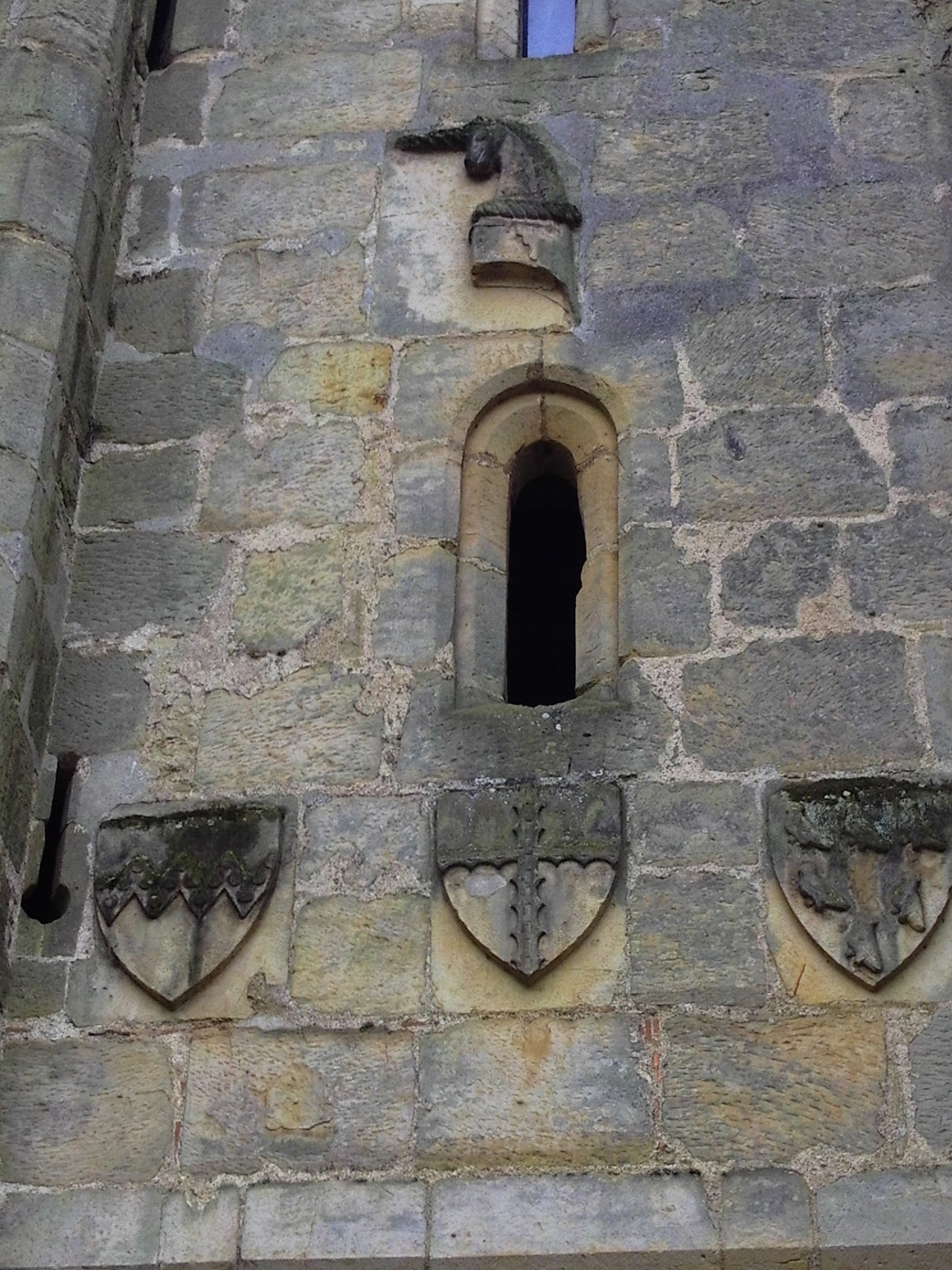I don't normally fill in online questionnaires or do any 'internet meme' (I had to look that phrase up) that routinely do the rounds on the bloggosphere. The principle reason for this is because I have very limited access to the internet i.e. only at work. Any site containing the word 'game' is routinely blocked so I try and keep lurking and posting to a necessary minimum. So apologies if I don't get a chance to comment, reply to or miss messages.
However I was very flattered when I received a message from Michael over at 28mm Victorian Warfare. I was also prompted to do this after reading a post from The Lair of the Breviks by Andy Walker. Regarding this Liebster Blog Award thingy Andy puts it far better than I ever could:
"This little number has been doing the rounds in the blogosphere - it's a rather nice way of getting other people's blogs noticed, which I'm all in favour of. There's so much good stuff out there, and there may be one or two that you never knew existed....and we need to share the spotlight."
Therefore, largely ignoring the original award criteria (my blog, my rules), I'd highly recommend the following sites, in no particular order:
Colonel o'truth - some amazing fantasy conversions and paint jobs.
Harness and Array - stunning medieval figures and plenty of historic background information.
However I was very flattered when I received a message from Michael over at 28mm Victorian Warfare. I was also prompted to do this after reading a post from The Lair of the Breviks by Andy Walker. Regarding this Liebster Blog Award thingy Andy puts it far better than I ever could:
"This little number has been doing the rounds in the blogosphere - it's a rather nice way of getting other people's blogs noticed, which I'm all in favour of. There's so much good stuff out there, and there may be one or two that you never knew existed....and we need to share the spotlight."
Therefore, largely ignoring the original award criteria (my blog, my rules), I'd highly recommend the following sites, in no particular order:
Colonel o'truth - some amazing fantasy conversions and paint jobs.
Harness and Array - stunning medieval figures and plenty of historic background information.
Life in The Man Cave - my mate Ade's blog. As genuinely nice and funny in real life as he is in his videos. (2300+ YouTube followers can't be wrong). He's too modest to promote his own stuff but I'm not, so I will!
Army Royal - even more beautiful converted and painted medieval figures with the relevant background info.
28mm Victorian Warfare - both top notch quality and quantity from Michael's many varied figures. Always a pleasure to read his blog. If you haven't visited his site, please do. The variation of figures presented and the skill level of the painting makes regular visits well worth while.
You may notice that these blogs strongly feature modelling and conversion work, which shouldn't be not surprisingly as it's my favourite bit of this hobby.
Honourable mentions must, of course go to Ray's Don't Throw a 1 and Fran's The Angry Lurker. There aren't many posts that genuinely make my laugh of loud but those from Ray and Fran regularly do so. Depending on your age they are either the 'Morecombe and Wise' or the 'Ade Edmondson & Rik Mayall' of blogging. I was going to say they were the 'Bottom of the Blogosphere world' but that sounds rude. (I still have happy memories of crying with laughter watching some of that first series in a Dublin hotel in the early 90's with Guinness shooting out my nose).
Always encouraging and complimentary with their messages (although not always to each other!) Ray and Fran are genuine stars of Blogger.
Army Royal - even more beautiful converted and painted medieval figures with the relevant background info.
28mm Victorian Warfare - both top notch quality and quantity from Michael's many varied figures. Always a pleasure to read his blog. If you haven't visited his site, please do. The variation of figures presented and the skill level of the painting makes regular visits well worth while.
You may notice that these blogs strongly feature modelling and conversion work, which shouldn't be not surprisingly as it's my favourite bit of this hobby.
Honourable mentions must, of course go to Ray's Don't Throw a 1 and Fran's The Angry Lurker. There aren't many posts that genuinely make my laugh of loud but those from Ray and Fran regularly do so. Depending on your age they are either the 'Morecombe and Wise' or the 'Ade Edmondson & Rik Mayall' of blogging. I was going to say they were the 'Bottom of the Blogosphere world' but that sounds rude. (I still have happy memories of crying with laughter watching some of that first series in a Dublin hotel in the early 90's with Guinness shooting out my nose).
Always encouraging and complimentary with their messages (although not always to each other!) Ray and Fran are genuine stars of Blogger.












